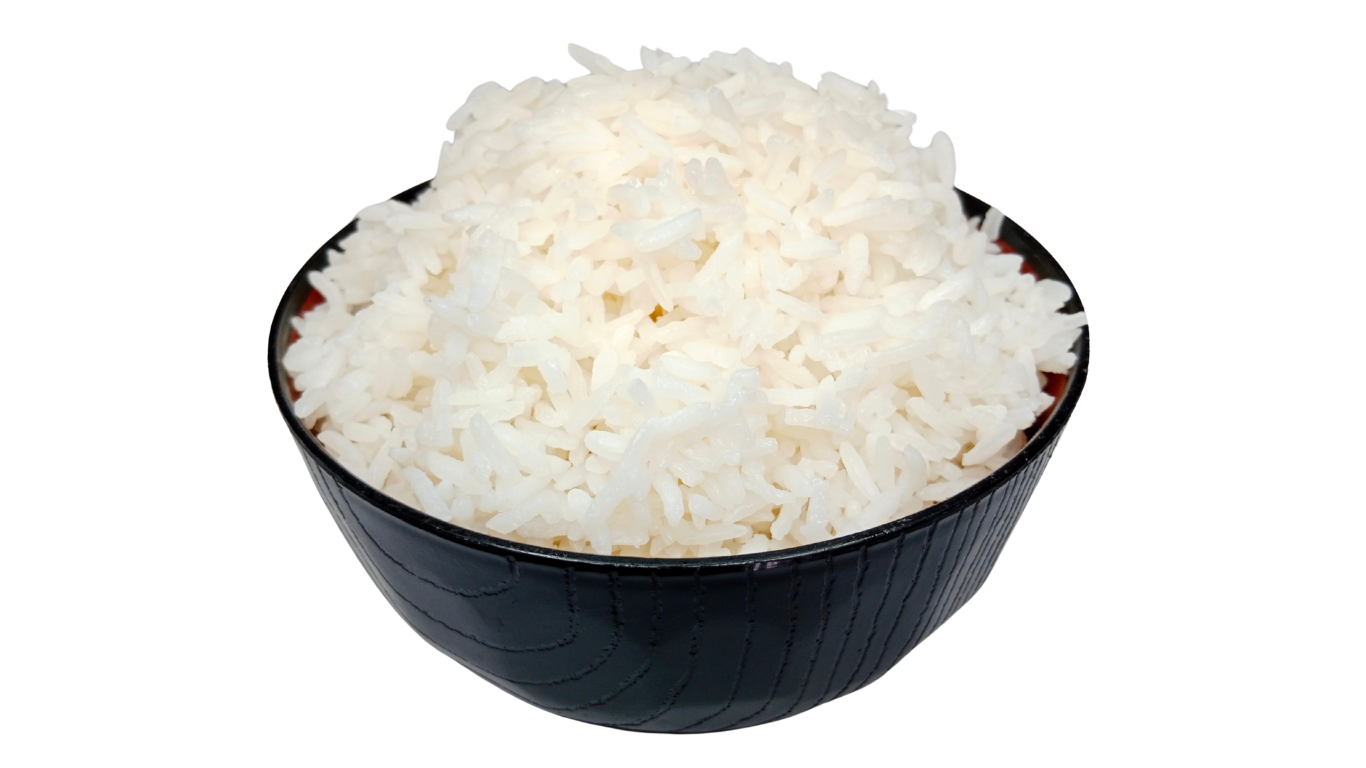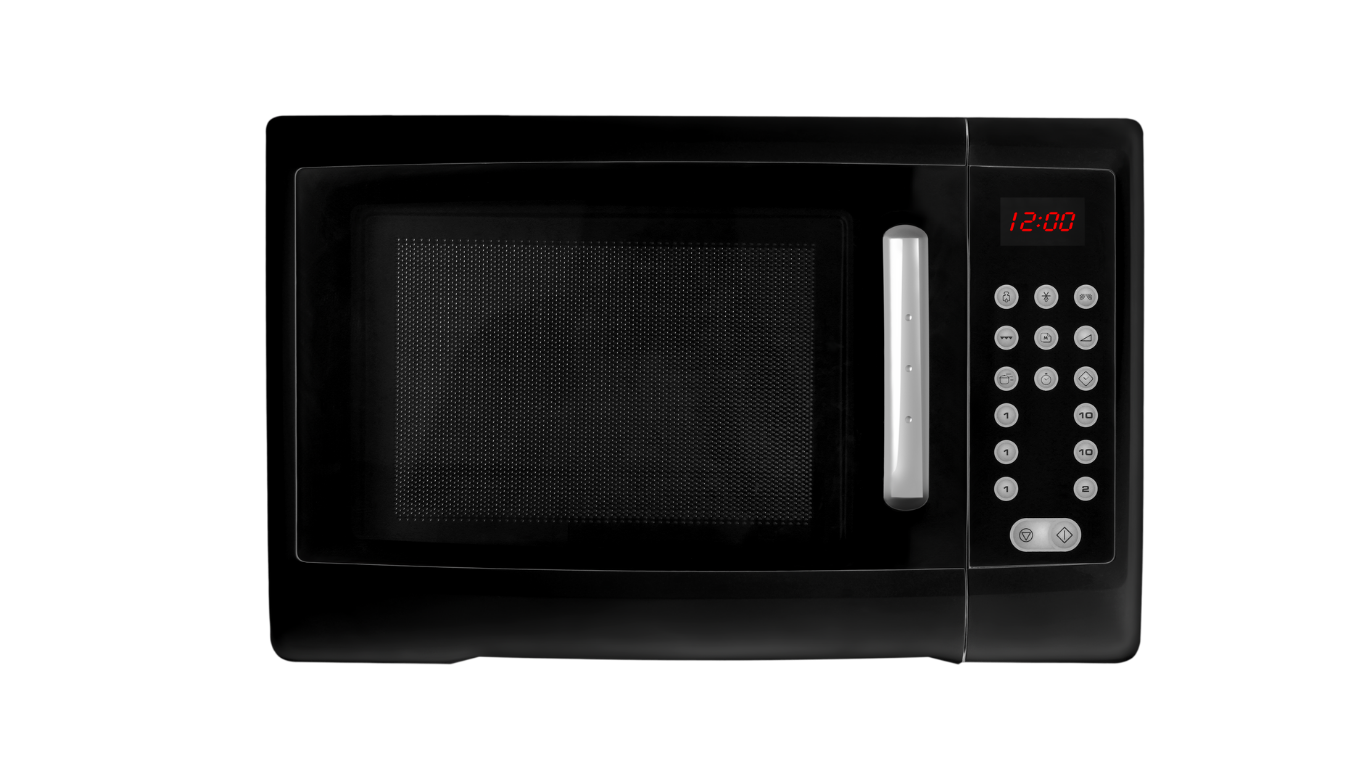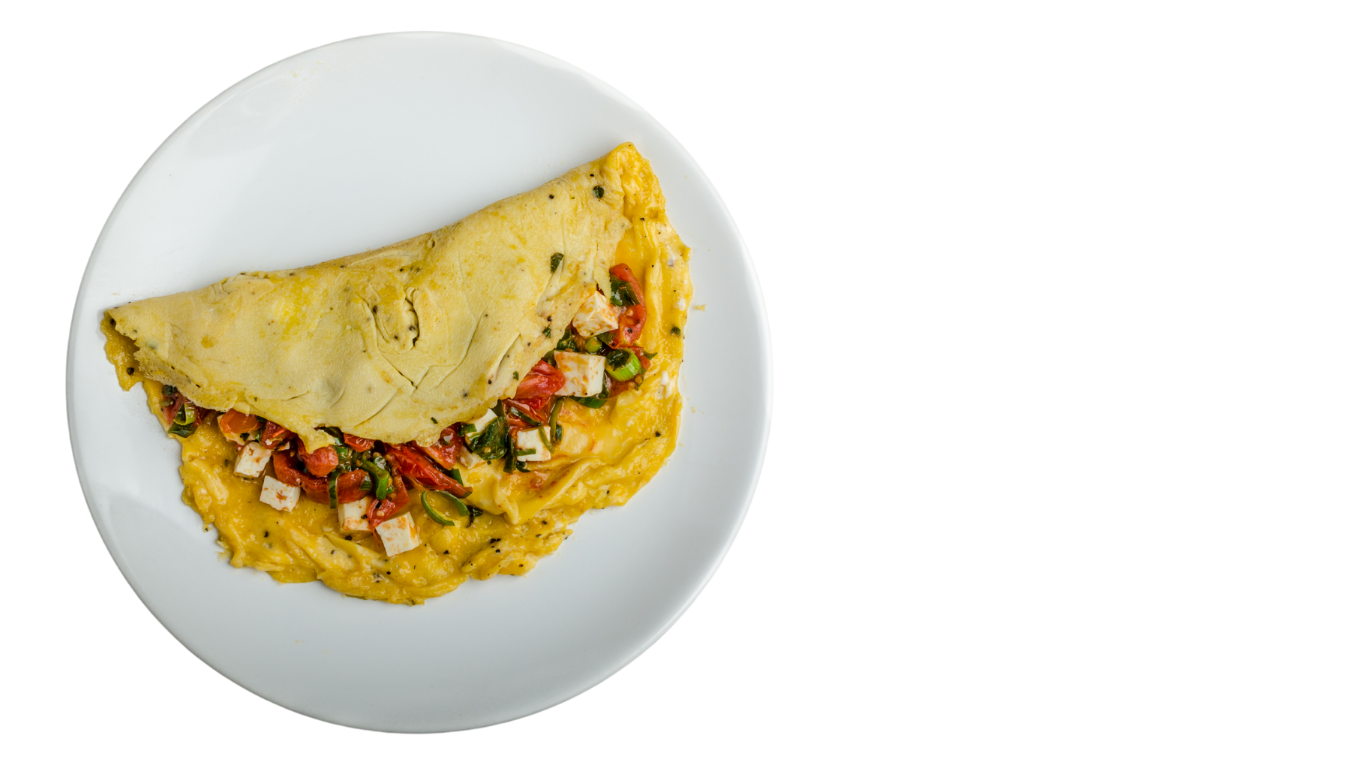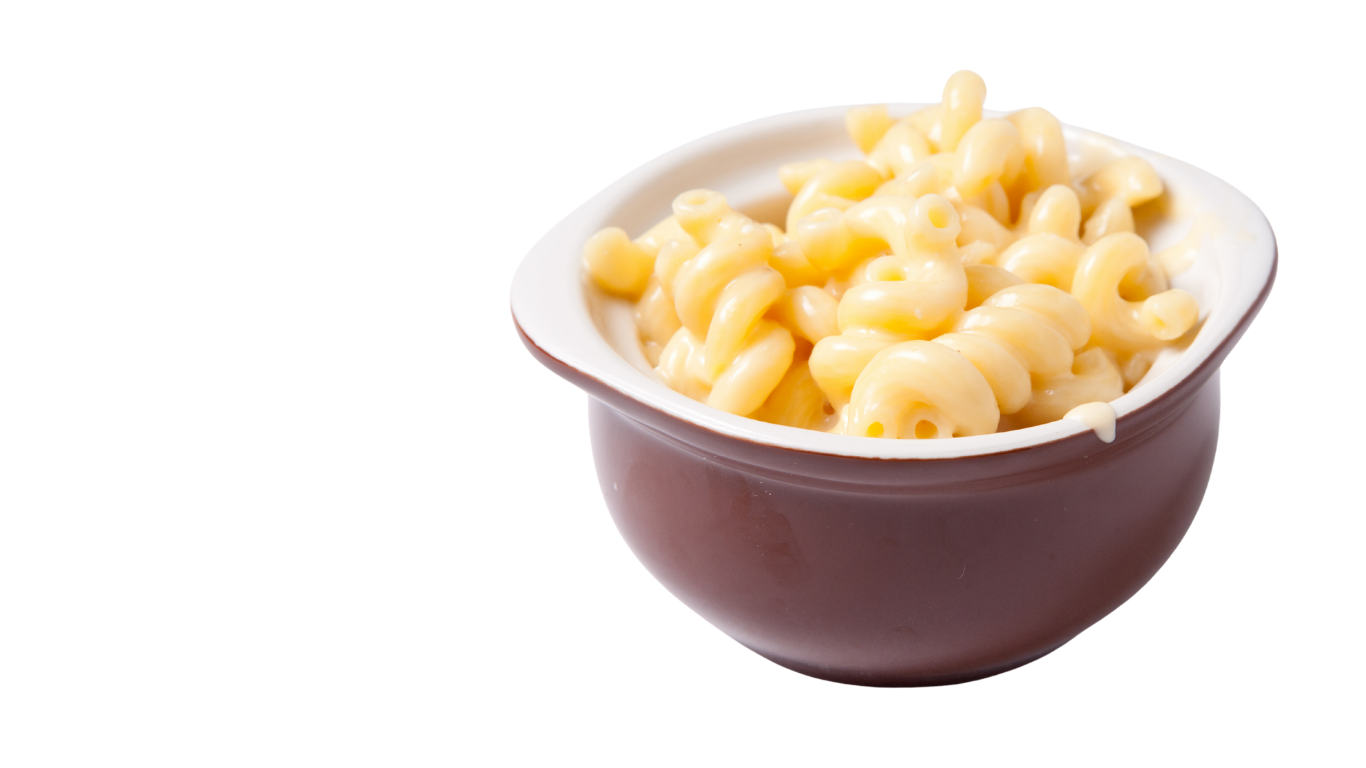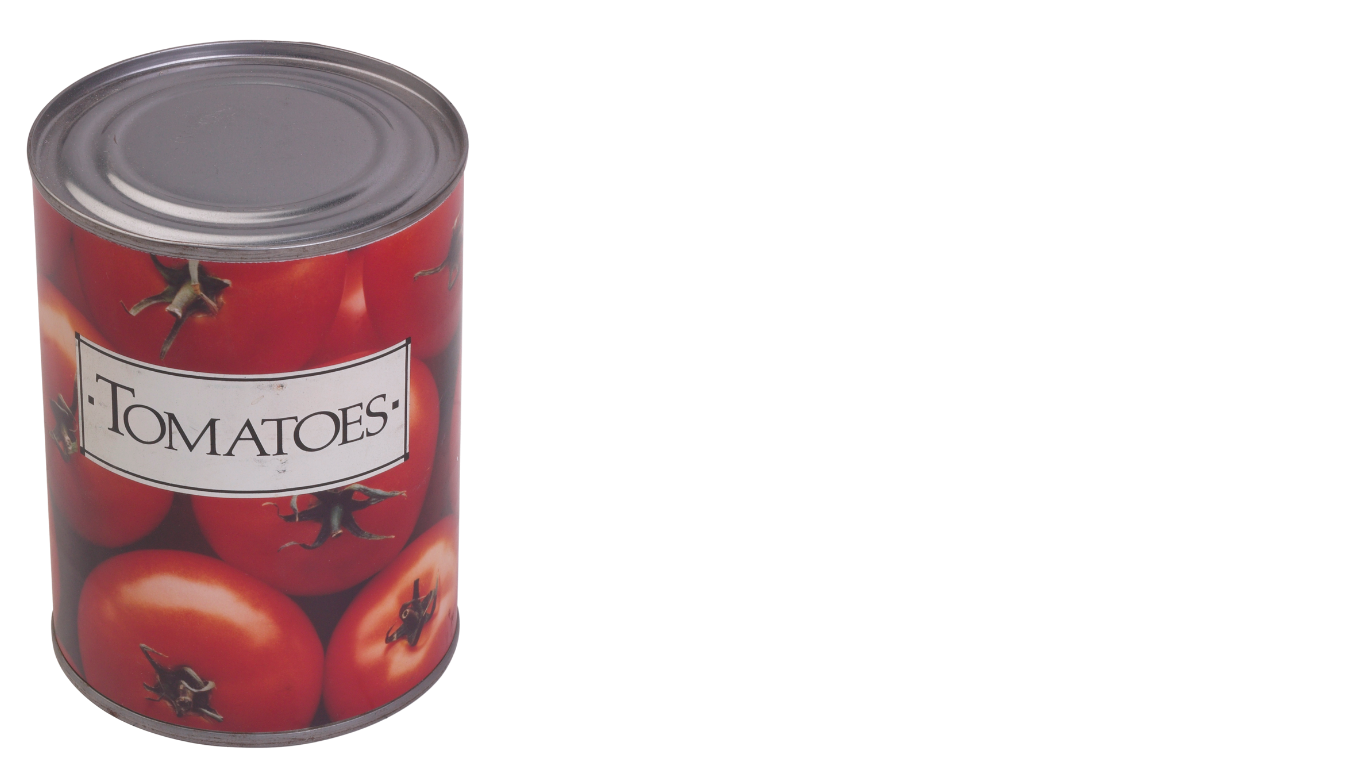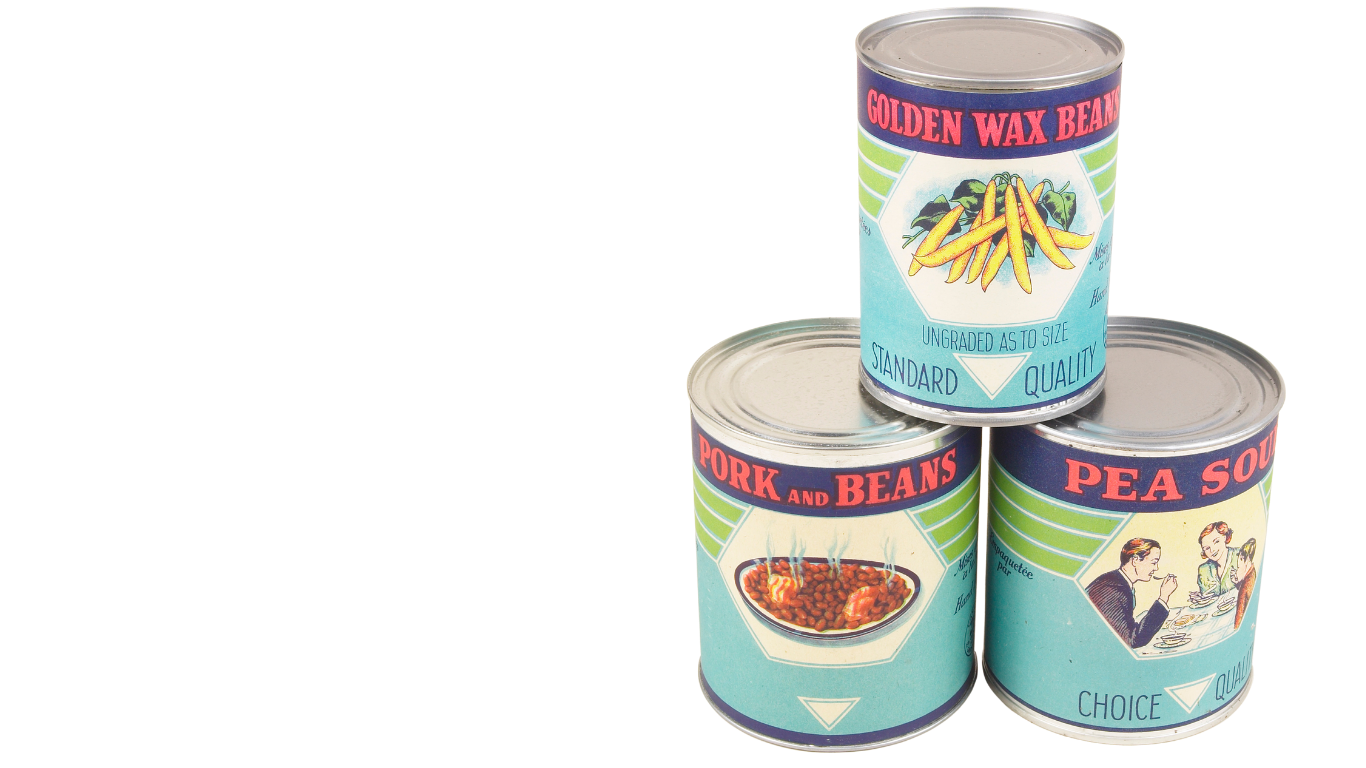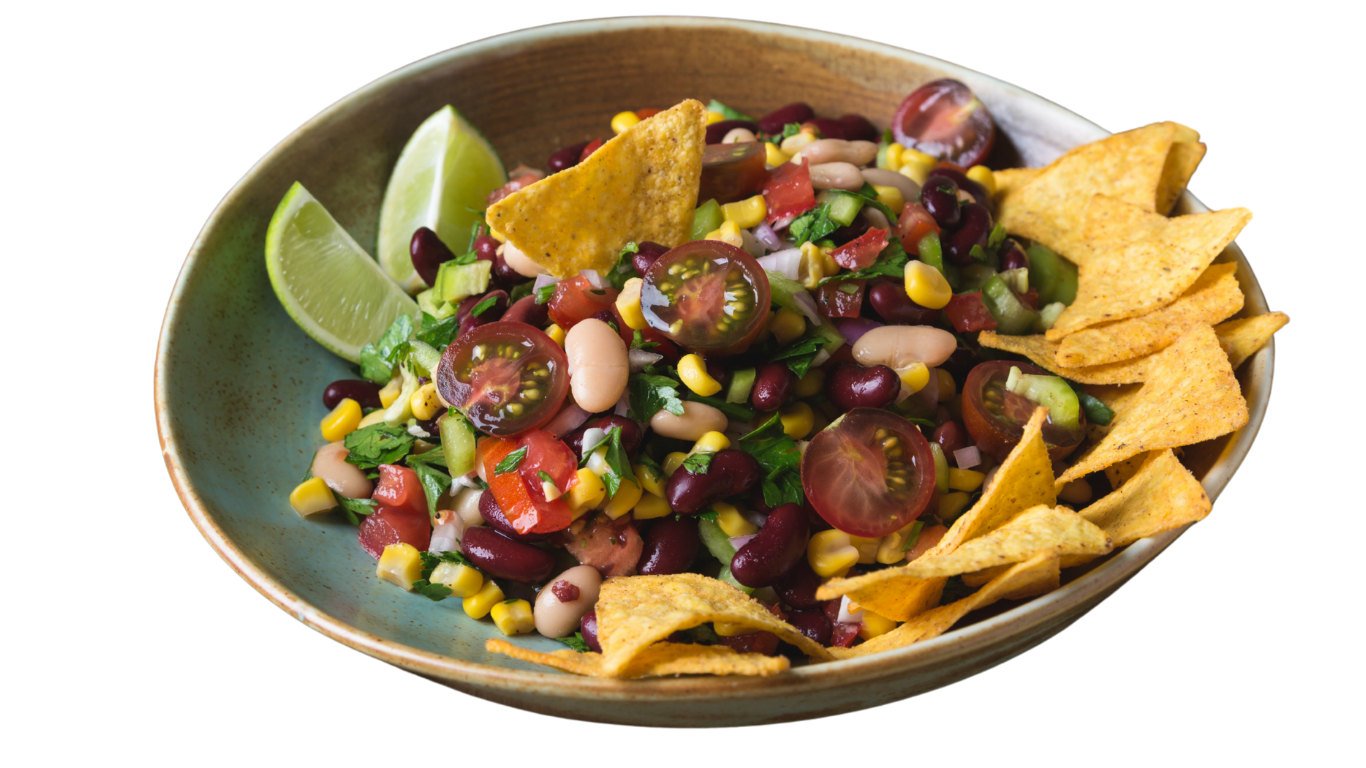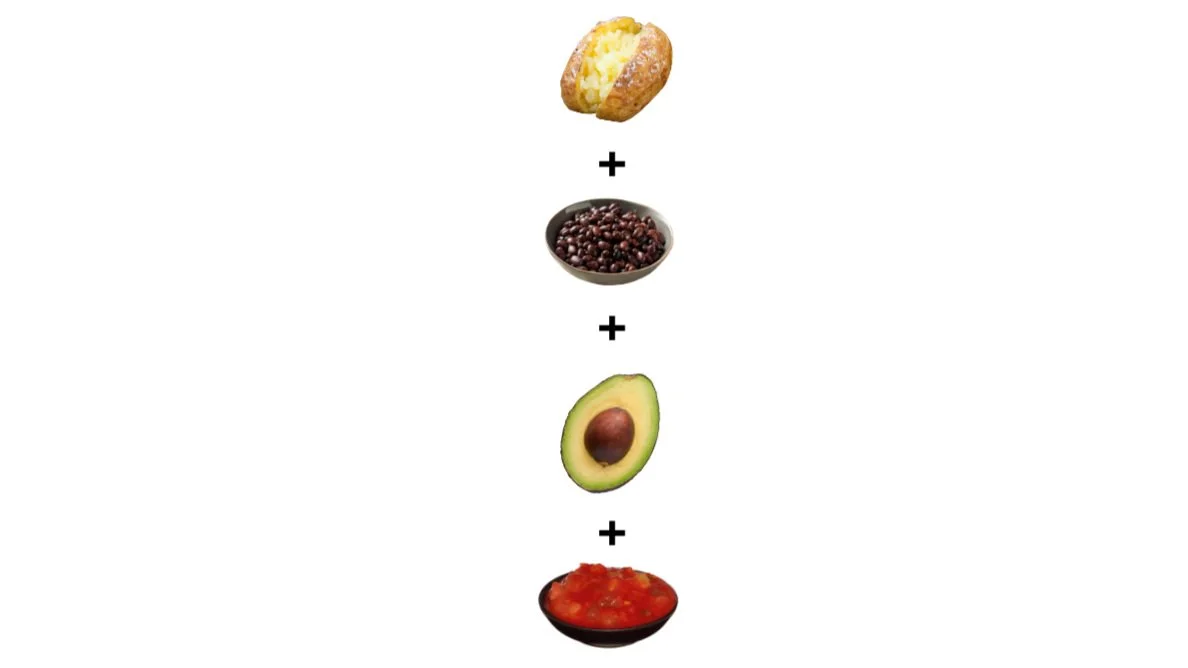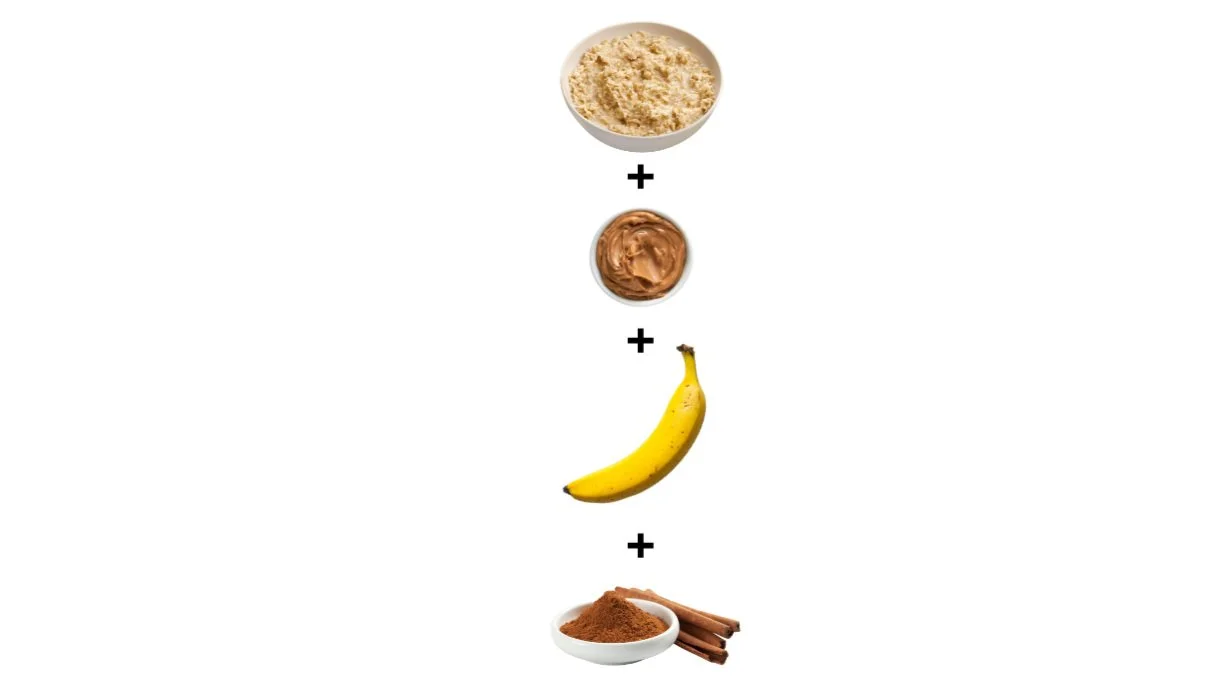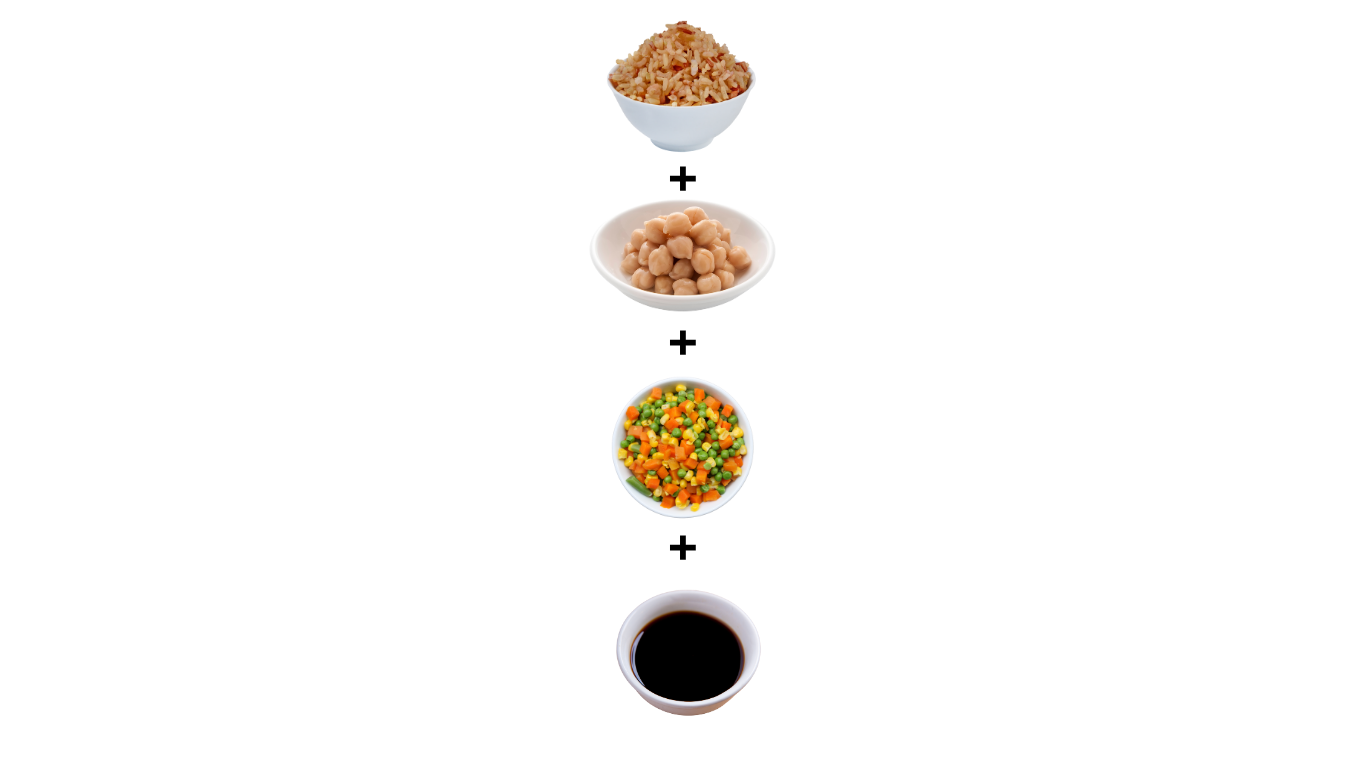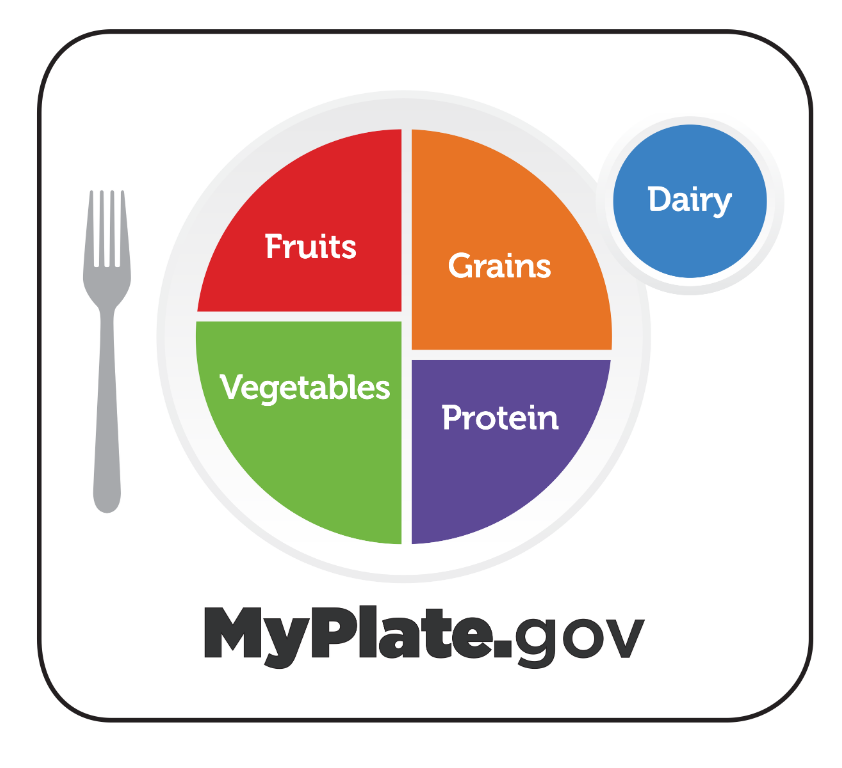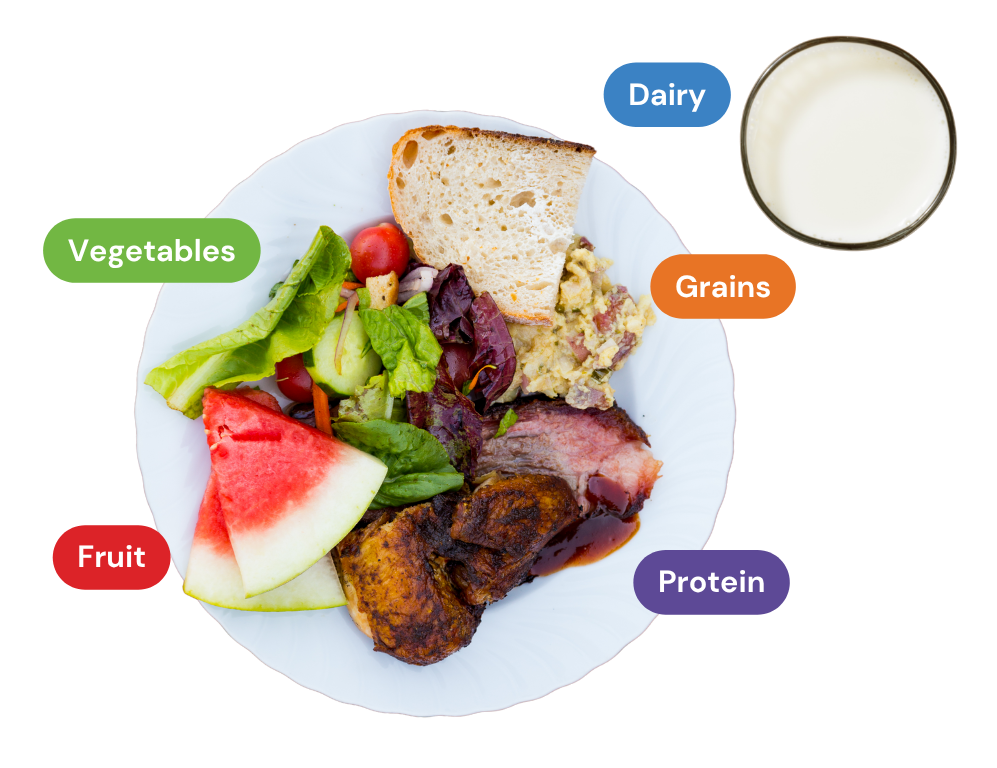7 Quick Intro Questions
Free & Affordable Food Tips
Use store apps for coupons!
Buy store-brand items as much as possible!
Look for sale or clearance items!
Tip: Many stores have dedicated sections for clearance items!
Buy in bulk when possible!
Apps like Too Good To Go offer discounted surplus restaurant food.
Check out local food banks such as…
Check out rebate apps such as Ibotta
Easy Cooking Skills with
Budget-Friendly Staples
Microwaves are safe!
They do not make food radioactive or dangerous. Microwaves use energy similar to radio waves to heat molecules in food.
Cook food the right way!
Cover food, stir it halfway through, and let it sit for a few minutes after cooking. Use a food thermometer to ensure it reaches a safe internal temperature, like 160°F for eggs and 165°F for leftovers. For more information on minimum internal temperatures for different foods, check out this resource from the USDA.
You can cook more in the microwave than you might think!
Many foods like eggs, baked potatoes, oatmeal, rice, pasta, vegetables, meat, chicken, fish, and more can be safely cooked in the microwave. This makes it possible to prepare balanced meals, even without a stove!
Pasta in a Mug
This is a quick and easy single-serving of mac and cheese that is ready in just a few minutes and requires only a microwave and a mug!
Ingredients:
• ½ cup elbow macaroni
• ½ cup water
• ⅓ cup milk
• ½ cup shredded cheese (cheddar or your favorite)
Instructions:
1. Add the pasta and water to a large, microwave-safe mug (at at least 2-cup capacity).
2. Microwave for 4 minutes total, stopping every minute to stir and allow the water to settle.
3. Make sure all the water is absorbed, adding an extra 30 seconds if needed.
4. Once the pasta is cooked and water is mostly absorbed, stir in the milk and cheese.
5. Microwave for 1 minute to allow the cheese to melt.
6. Stir and allow to cool for a few minutes before eating.
Tips:
• Use pre-shredded for a creamier sauce.
• Use a wide mug to help prevent overflowing.
• Stirring throughout helps cook the pasta evenly and prevent clumps.
Canned fruits and vegetables can support a healthy diet!
They are picked at peak freshness and canned quickly, locking in flavor and nutrients. They can be just as nutritious as fresh or frozen and can help create a balanced meal!
Eat canned foods safely!
Choose options that are low in sodium, 140 mg or less per serving, and foods without added sugar. Rinse canned beans and vegetables to decrease sodium. Check cans for dents or bulges to prevent foodborne illness.
Bean and Veggie Salad
This no-cook bean and veggie salad is a quick and easy recipe, requiring no stove or microwave.
Ingredients:
• 2 cucumbers
• 3 Roma tomatoes
• 1 onion
• 1 bell or poblano pepper
• 2 cans (15 oz) beans (such as pinto and kidney)
• 1 can (15 oz) corn
• 1 can (4 oz) diced green chiles
• 1/3 cup oil of choice (olive, canola, avocado, etc.)
• 2 - 4 tablespoons lime juice (1 - 2 limes)
• 2 tablespoons vinegar (red wine, apple cider, etc.)
• Salt, pepper, and garlic powder to taste
Instructions:
1. Open, drain, and rinse all canned items.
2. Chop cucumbers, tomatoes, onion, and pepper.
3. In a large bowl, combine all the canned and chopped items.
4. Add the oil, lime juice, vinegar, and seasonings.
5. Mix well and adjust to to taste.
6. Serve with tortilla chips or tostadas and enjoy.
Simple Meal Ideas with Food Bank Staples
Build a Balanced Plate
with MyPlate & Food Bank Finds
What is MyPlate?
MyPlate is a visual guide from the USDA that helps you create balanced meals by showing the amount to eat from each food group: fruits, vegetables, grains, protein, and dairy or fortified soy alternatives.
See below for examples of how different food bank finds and other affordable staple finds can fit into the USDA MyPlate, showing you how you can build nutritious meals on a budget!
Shop Simple with MyPlate
This free tool helps you make healthy choices while on a budget. Use it to find local farmers markets, explore SNAP EBT savings, and get low-cost recipes.
Your MyPlate Plan
Get a free personalized eating plan to help you know how many servings you need from each food group per day based on your age, sex, height, weight, and physical activity level.
While the MyPlate Plan is a great starting point, it is not a substitute from guidance from a doctor or registered dietitian, who can provide individualized advice








